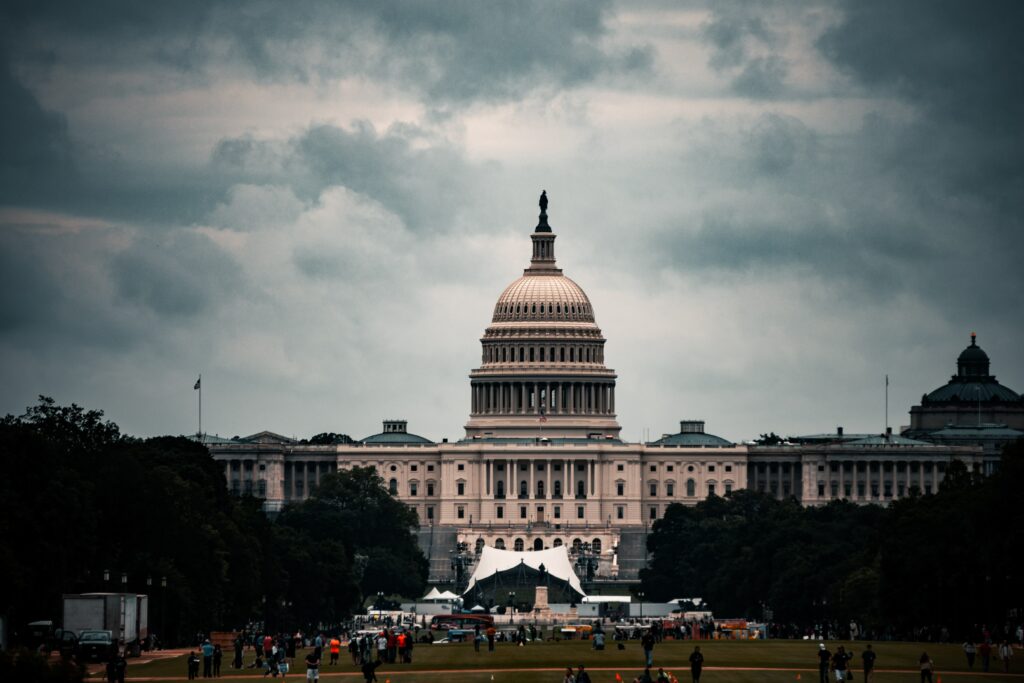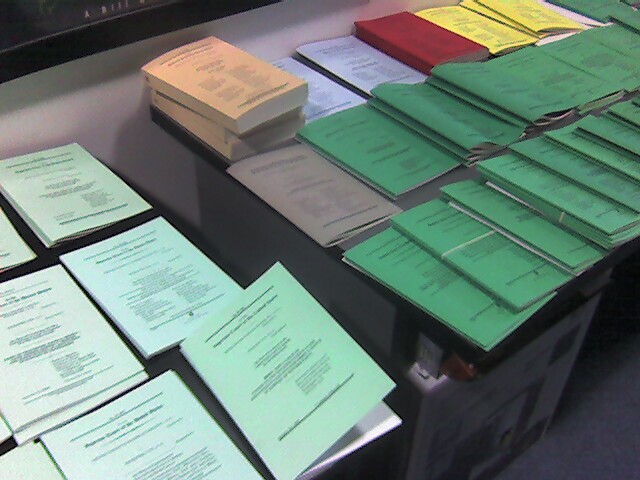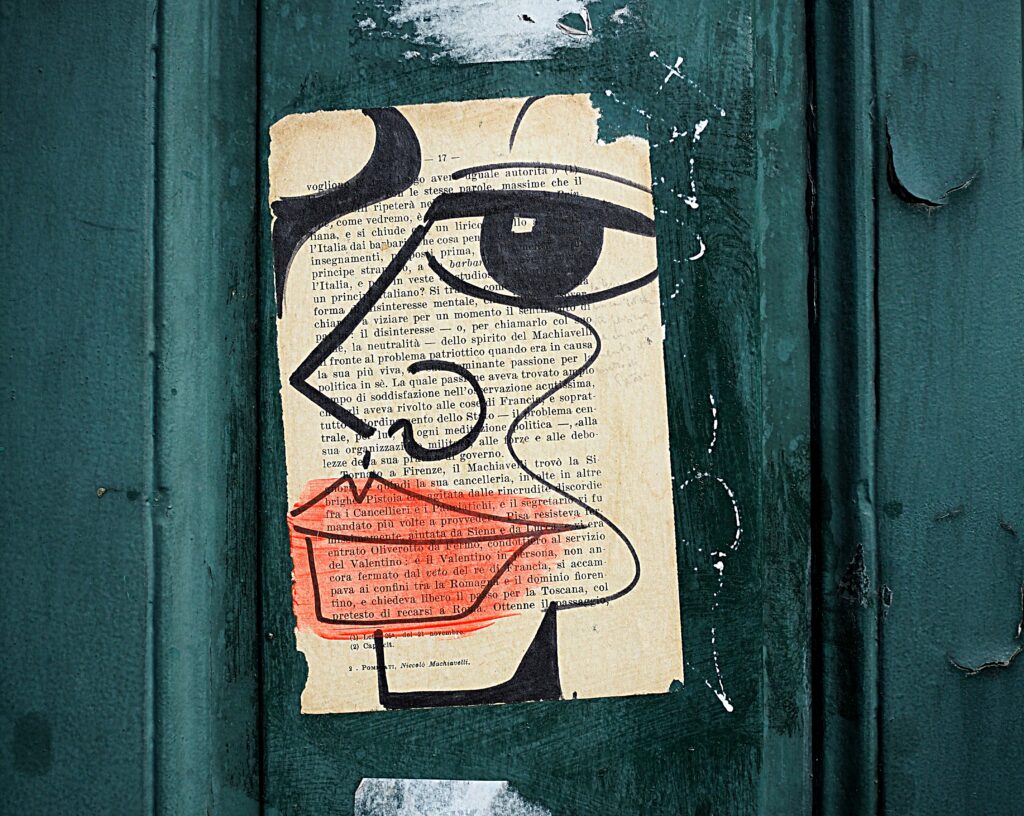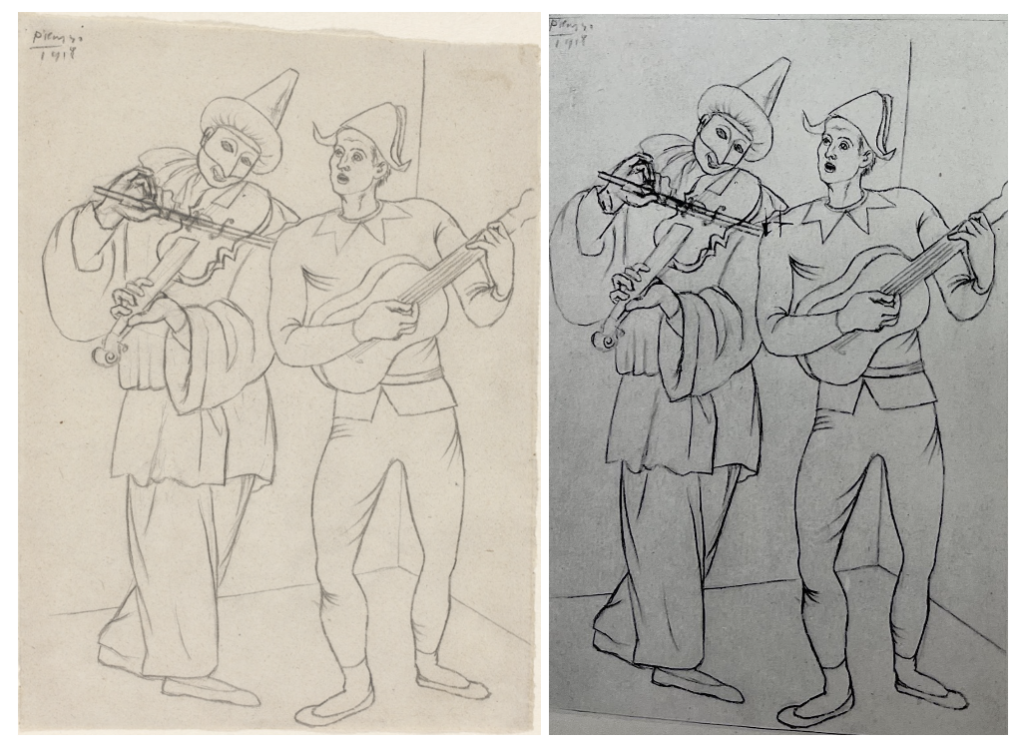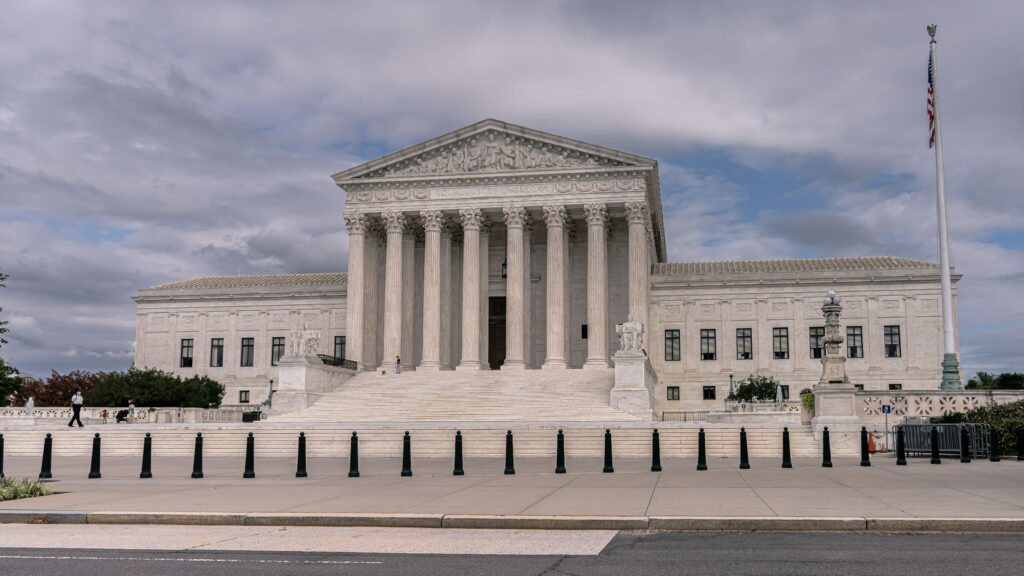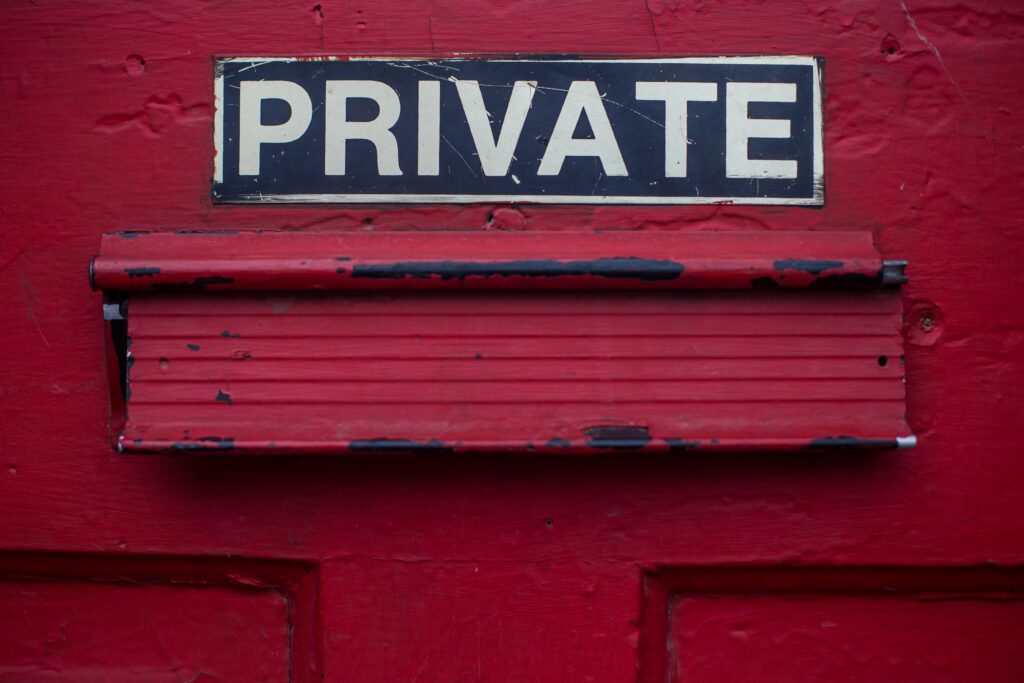
Privacy may not seem like an important issue for authors who write to be read: after all, our members are often motivated by a desire to share their creations broadly. But writing in the digital world increasingly presents us with new considerations in the realm of personal and digital privacy. This post surveys an important privacy-related issue for authors: the right to speak or write anonymously, and will be the first in a new series on privacy considerations for public-minded authors.
Why Publish Anonymously?
The tradition of authors publishing anonymously, or under a pseudonym, stretches back centuries. Authors choose to publish works of authorship under pseudonyms or anonymously for a variety of reasons. Authors affiliated with academic institutions may prefer to publish their work under a different name in order to keep their academic and authorial identities separate. Some authors publish under both their real names and pseudonyms to explore new styles or genres of writing. Authors writing about controversial topics may also choose to use pseudonyms or publish anonymously in order to maintain personal privacy while contributing to our understanding of such topics. Pseudonyms also allow authors to write works jointly under a single name.
Historical Pseudonyms
Notable pseudonyms from the past show the breadth of motivations authors might have for pursuing this path, as well as the advantages of using pseudonyms. For example, in the mid-1800s, the Brontë sisters (Anne, Charlotte, and Emily) began publishing under the names Acton, Currer, and Ellis Bell to conceal the fact that they were women. After being rejected from multiple literary publications due to gender biases of the time, writing under male pen names gave the Brontës a path forward to share their creations with the world. Jane Eyre and Wuthering Heights have had a deep and profound impact on our literary tradition, and the Brontës’ ability to publish pseudonymously is what made this possible.
The 19th century writer Mary Ann Evans (better known by her pen name, George Eliot), on the other hand, elected to use a male pen name in order to disassociate herself from preconceived notions about female authors. She was also motivated by a desire to keep her previous work as a translator, critic, and editor—which did bear her real name—separate from her identity as a fiction author. Other authors from the past, such as C.S. Lewis and the famed contemporary Italian novelist Elena Ferrante, have used pen names in order to maintain their personal privacy and avoid public scrutiny while still engaging with the literary world.
Pseudonyms can also allow multiple authors to work together under a single author name, to better appeal to readers or to accommodate publishing conventions. The idea for the Nancy Drew books, for example, originated with Edward Stratemeyer, who also created the Hardy Boys series. Stratemeyer generated ideas for childrens’ novels and then hired ghostwriters to execute his vision. The series’ “author,” Carolyn Keene, never existed. Instead, her name stands in for the slew of ghostwriters who wrote the novels over time. By using a single author name for these books, Stratemeyer (and later, his estate) was able to create a sense of continuity and build reputational capital for the fictional Keene, captivating multiple generations of young readers.
Anonymous Works
Rather than use a pseudonym, some authors choose to publish their works anonymously, so that no author at all is listed on or associated with the work. Like using a pseudonym, publishing anonymously divorces the author’s real identity from the work. But unlike using a pseudonym, an anonymous work conspicuously lacks an author at all. Throughout history, politically or socially controversial works have been published anonymously. Mary Shelley’s Frankenstein was originally published anonymously, and some have speculated that this was due in part to her fear of losing custody of her children were she to be associated with the monstrous tale. More recently, Go Ask Alice, a book about a 15-year old girl’s descent into drug addiction, was published anonymously. The work presented itself as a diary, and the anonymous author led to debate about the work’s veracity. While the book is now considered to be fictional, the anonymous authorship created an implication that the work was somehow a “real” diary, which colored the reading experience for contemporaneous audiences.
Pseudonyms, Anonymity and Copyright
The U.S. Copyright system accommodates authors’ rights to publish pseudonymously in a number of different ways, underscoring the importance of this right as a matter of public policy. First, and most importantly, the Copyright Act provides an avenue for an author to register their work under a pseudonym (longtime readers may recall that copyright registration is not necessary in order for a work to be protected by copyright, but can provide significant benefits in many circumstances). An author can use both their pseudonym and their legal name on their copyright registration, or their pseudonym only. If an author does use their legal name on their copyright registration for a pseudonymously published work, it is important to understand from a privacy perspective that the author’s legal name will become a part of the public record, as copyright registrations are publicly available. If an author registers their copyright under a pseudonym and does not use their legal name in the registration, their legal name will not be made public.
However, there is a trade off for authors who register copyrights under a pseudonym. The duration of copyright protection is different for pseudonymously authored works: rather than being the life of the author plus 70 years, the copyright term for pseudonymous works is 95 years from the date of creation. This is because, without a real person’s identity to associate with the copyright, it is impossible to measure the life of the author. Additionally, a pseudonym itself cannot be copyrighted, as names and short phrases are outside the scope of copyright protection (though in some instances, words or marks identifying the author could be protected in other ways, such as by trademark law). This means that it is possible for multiple authors to use the same pseudonym, which can create confusion for readers and be a detriment to those authors’ ability to reach them.
Authors are also empowered by the copyright system to register copyrights anonymously. As with pseudonymous works, anonymous works are subject to copyright protection for 95 years from the date of creation, since the life of the author cannot be ascertained without an author being named. Even if a work is registered anonymously, its author can sue to enforce the copyright (though they will likely lose their anonymity in the process). Anonymous works pose challenges for secondary users, however, because it leaves creators who may want to use the anonymous works in their own works without a point of contact.




